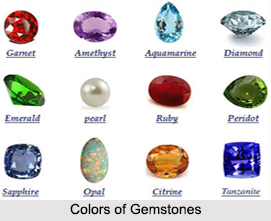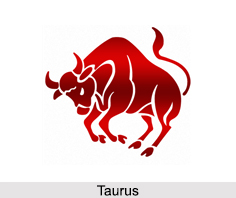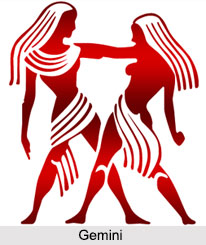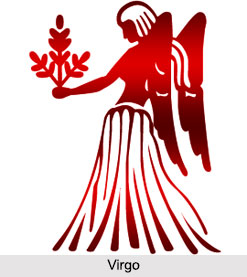 Color of a Gemstone is due to the absorptive and reflective properties of any trace elements and impurities within the crystal. This color does not include any optical effects caused by reflection or refraction. Basic elements such as chromium, iron, manganese and vanadium absorb or reflect different wavelengths of the color spectrum playing an integral part in affecting the color of the mineral.
Color of a Gemstone is due to the absorptive and reflective properties of any trace elements and impurities within the crystal. This color does not include any optical effects caused by reflection or refraction. Basic elements such as chromium, iron, manganese and vanadium absorb or reflect different wavelengths of the color spectrum playing an integral part in affecting the color of the mineral.
Gemstones are the most intensely colored natural material available on earth. Color depends on response to light. The color of some gemstones, such as Opal, is determined by how light refracts into beams that changes depending on the viewing angle. The colors of the spectrum that are not absorbed combine to bring the gemstone"s color to life. A gemstone that allows all colors of the spectrum to pass through is colorless; one that absorbs them all is black. While some gemstones appear more beautiful under natural light and others under artificial lighting, gemstone colors should remain beautiful regardless of lighting conditions.
Color of a Gemstone is influenced by three components:
•Hue: The position a color occupies on the chromatic scale. This is referred to as shade, tint or color sensation.
•Tone: This is the brightness or darkness of a color.
•Saturation: This is the intensity or purity of a color.
Although there are several different classifications for color, there is no universal standard for defining gemstone color. Color can be an excellent way to choose a gemstone, but color alone is not a reliable means of identification.
This article is a stub. You can enrich by adding more information to it. Send your Write Up to content@indianetzone.com












